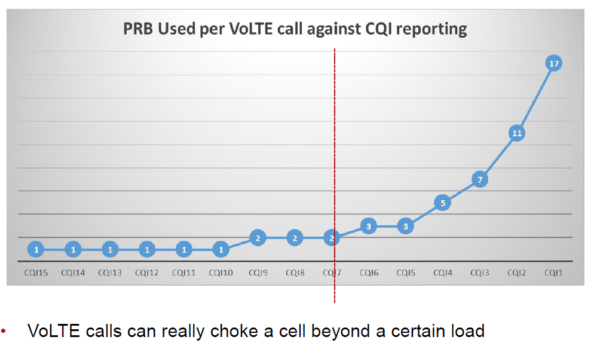Exploring XML: The Fundamentals of the eXtended Markup Language
telcomatraining.com – In today’s digital world, the way information is structured and transferred has become crucial. One of the foundational technologies in this process is XML, which stands for eXtended Markup Language. Understanding XML is essential for developers, data engineers, and anyone interested in the backbone of modern data exchange. This article will delve into the fundamentals of XML, its importance, and how it powers data interoperability across various platforms and applications.
What is XML?
XML (eXtensible Markup Language) is a versatile and widely-used format for storing and transporting data. It was designed to be both human-readable and machine-readable, making it an ideal choice for applications that need to share data in a structured format. Unlike traditional HTML (HyperText Markup Language), which is used to display data on web pages, XML focuses on storing and describing data rather than presentation.
The beauty of XML lies in its flexibility. It allows developers to create custom tags that describe the structure of their data, making it adaptable to a wide variety of use cases. The format is text-based, making it easy to read and manipulate across different systems. Whether it’s data transmission between different software applications or storing configuration settings, XML is a core technology.
Key Features of XML
- Self-descriptive Structure: XML uses custom tags that can be tailored to any data type, making it self-descriptive. This means that both humans and machines can understand the data based on the tags provided.
- Hierarchical Structure: XML documents are structured in a tree format, allowing a clear hierarchical organization of elements. Each XML document begins with a single root element, and other elements are nested within it. This organization helps represent relationships between data, such as parent-child or sibling elements.
- Platform-Independent: Being a text-based format, XML is platform-independent, meaning it can be used across various systems, from Windows to Linux to macOS. This makes XML ideal for data exchange across different environments.
- Extensible: The “eXtensible” in XML refers to its ability to allow developers to create their own tags. This means you can define tags based on the needs of your specific data, creating a personalized and standardized method of storing or transferring information.
- Validation Support: XML provides validation through DTD (Document Type Definition) or XSD (XML Schema Definition), which ensures that data adheres to a predefined structure. This feature is crucial for ensuring the integrity and consistency of data as it is transferred between systems.
The Structure of an XML Document
An XML document follows a specific structure to maintain data integrity and ensure compatibility across different systems. The core components of an XML document include:
- Prolog: This optional part of an XML document contains information about the XML version and the character encoding used, such as
<?xml version="1.0" encoding="UTF-8"?>. - Elements: Elements are the building blocks of XML. Each element consists of a start tag, content, and an end tag. For example,
<name>John Doe</name>represents an element where “name” is the tag, and “John Doe” is the content. - Attributes: Elements can also contain attributes, which provide additional information about the element. Attributes are placed inside the start tag. For example,
<book title="XML for Beginners">. - Comments: XML allows developers to add comments to the code for clarity, using
<!-- This is a comment -->. - CDATA Section: CDATA allows you to include text that should not be treated as XML markup. This is useful when embedding code or characters that could otherwise interfere with the XML structure.
How XML Powers Data Interchange
One of XML’s most significant advantages is its role in facilitating data exchange between different systems. XML is often used in web services, where different applications or platforms communicate via XML-based messages. For example, APIs (Application Programming Interfaces) frequently exchange data in XML format, allowing developers to integrate different services with ease.
XML is also heavily used in RSS feeds, which provide a structured way of delivering updated content, such as news articles or blog posts, across the web. The standardized format ensures that the data can be read and interpreted consistently by different feed readers and platforms.
Conclusion
XML remains a fundamental technology in the world of data exchange and storage. Its flexibility, extensibility, and human-readable nature make it an essential tool for modern development. Whether you’re dealing with simple data storage or complex systems integration, understanding XML is crucial. As businesses and technologies continue to evolve, XML’s role in facilitating interoperability across diverse platforms and applications will remain a vital cornerstone of the digital landscape.







